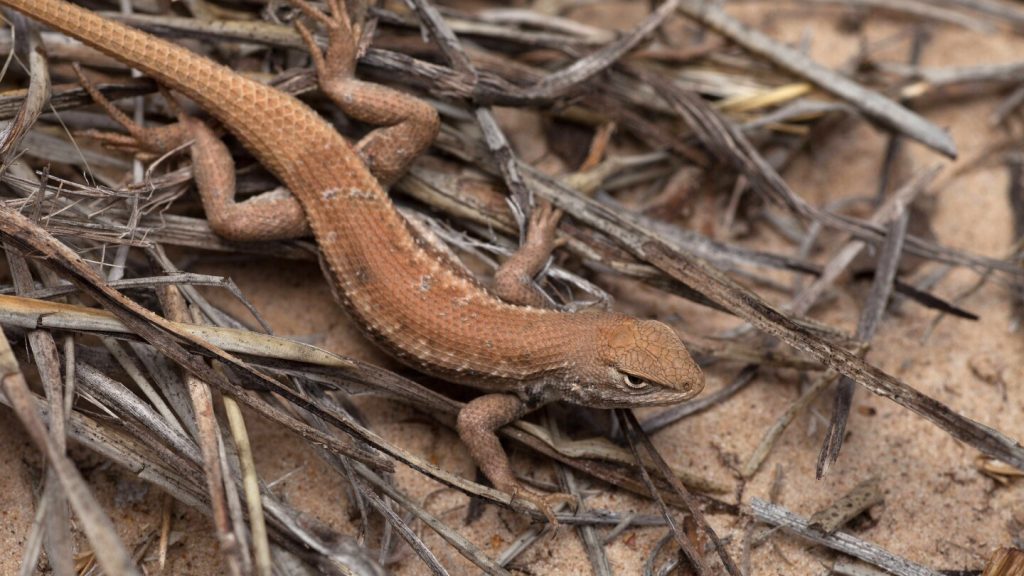Federal wildlife officials have declared the dunes sagebrush lizard, found in southeastern New Mexico and West Texas, as an endangered species due to threats from energy development, sand mining, and climate change. The U.S. Fish and Wildlife Service stated that the lizard is at risk of extinction throughout its entire range and is already considered “functionally extinct” in 47% of its habitat. The fragmentation of its remaining habitat is preventing the species from finding mates beyond those in close proximity, according to biologists. The negative impact of existing oil and gas operations will continue to affect the lizard’s survival in the future.
This decision comes after two decades of legal and regulatory disputes between the U.S. government, conservationists, and the oil and gas industry. Environmentalists applauded the move, citing it as a lifeline for the unique species, while industry leaders criticized it as a hindrance to future fossil fuel production. The dunes sagebrush lizard, which is only found in the Permian Basin, lives in sand dunes and shinnery oak habitats where it feeds on insects and spiders. The reptiles burrow into the sand for protection from extreme temperatures. Environmentalists have been advocating for the protection of this species since 2002, and federal officials initially found that it was warranted in 2010.
During the Obama administration, federal officials decided against listing the dunes sagebrush lizard as endangered, citing the best available science and voluntary conservation agreements in place in New Mexico and Texas. However, in Friday’s decision, the Fish and Wildlife Service concluded that despite these efforts, the risk of extinction for the lizard is high. The network of roads and industrial development in the area will continue to restrict movement of the lizards and impact their habitat. The Permian Basin Petroleum Association and the New Mexico Oil & Gas Association expressed disappointment in the listing, stating that it will not provide additional benefits for the species and could harm communities in the region.
The decision to list the dunes sagebrush lizard as endangered brings a renewed focus on the conservation efforts needed to protect this species from extinction. Wildlife officials highlight the importance of addressing the threats posed by energy development, sand mining, and climate change to ensure the survival of the lizard in its fragile habitat. The ongoing conflict between conservationists, industry leaders, and government officials reflects the complexity of balancing economic interests with environmental protection. Moving forward, stakeholders will need to collaborate to implement effective conservation measures that safeguard the dunes sagebrush lizard and its habitat from further degradation.


